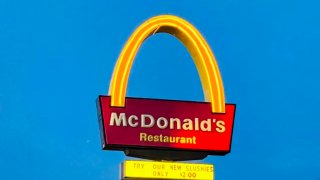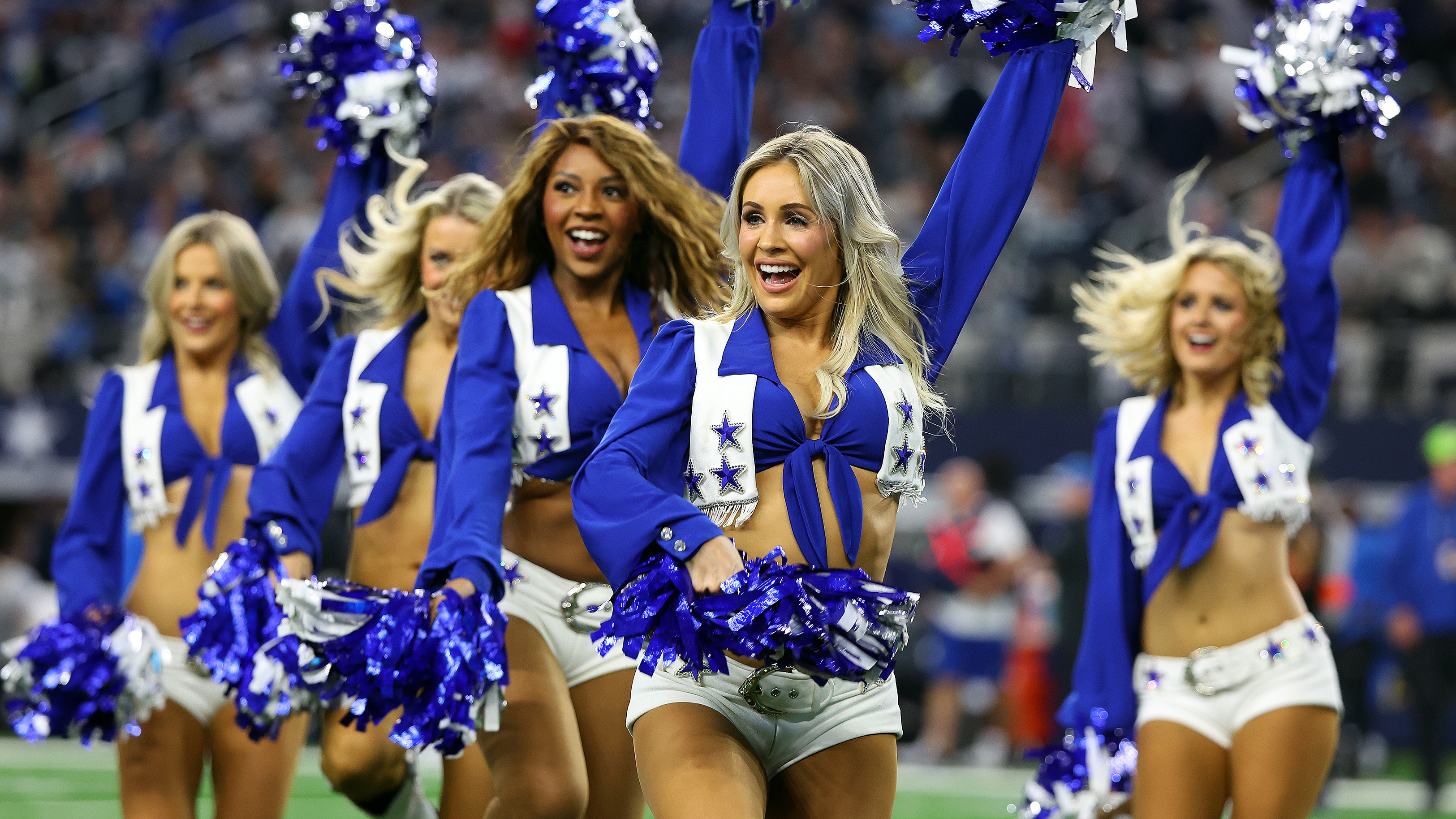
Since the 1950s, McDonald’s Golden Arches have cast a lasting glow. Their electric yellow neon lights hover above the roads and highways of cities and suburbs in over 100 countries across the globe. So prominent are the double arches, their names have become metonyms for capitalism and globalization, and few know that they'd once invigorated the business of McDonald's in a completely different form.
Every once in a while on social media (as fun facts are wont to do), fascination percolates over the fact that at some McDonald's locations, only a single arch looms large. Reaction posts about this baffling sight can be spotted on TikTok, Instagram and more.
A Twitter account devoted to documenting unique-looking McDonald's even initiated a thread of single-arched McDonald’s in 2021. The post prompted thousands of likes and comments from users who shared their own sightings of the rarely sighted singleton arch.
Get South Florida local news, weather forecasts and entertainment stories to your inbox. Sign up for NBC South Florida newsletters.
On Reddit, many users have shared similar sightings and gone so far as to challenge others to find signs that are even more elusive.
No matter the platform, rare glimpses of single arch beg the question of their origin, which, if you turn to archives, you can find dates back to a time when the now-global franchise was just getting its bearings on branding design.
In 1953, 13 years after Richard and Maurice McDonald founded McDonald’s, they tapped architect Stanley Meston to design their first building.
Entertainment News
A 1986 Journal of the Society of Architectural Historians article by architect Alan Hess noted that the first golden arch went up in Phoenix, Arizona — not Des Plaines, Illinois, as is commonly believed. Back then, Clark worked with the McDonald’s brothers to conceive a memorable but functional design; after all, they were conceptualizing the most modern take of a drive-in that had already become popular in Southern California by the 1930s.
According to McDonald’s USA, Richard McDonald decided to add gold arches to the building based on the “feeling that the roof line was a bit too flat.” At the time, actual arches curved over the building as part of the building. Still, those arches didn’t have the look they have today. Instead of being paired together to form the now-iconic “M,” the arches were set on opposite ends of the building. Some also had a single arch that held up the McDonald’s sign.
It was years later, in 1962, that the Golden Arches actually became part of the McDonald’s logo. Ray Kroc had been working as a franchise agent with the McDonalds brothers for 13 years by the time a U.S. trademark on the name “McDonald’s” was approved in 1968. That same year, the Golden Arches as we know them in their overlapping twin form became standard.
“The Golden Arches have been a beacon to customers since the 1960s, when McDonald’s began updating its single-arch Speedee signs at restaurants across the U.S.,” McDonald’s USA said in a statement to TODAY Food. "You can still find the original signs at a few select locations, which have become popular destinations for road-trippers and history buffs alike. We love seeing our fans celebrate our history at these nostalgic spots while also creating their own memories at McDonald’s in their local communities.”
McDonald’s did not confirm the number of single-golden-arch locations that exist today. According to Eat This, however, of the 38,000 plus McDonald’s locations around the globe, 12 of these long-standing spots still exist.
If you ever find yourself on the roadways of those cities, be sure to look up. You just might get a vintage McDonald's find.
This story first appeared on TODAY.com More from TODAY:
Hoda and Jenna Share Their Faves and Finds



